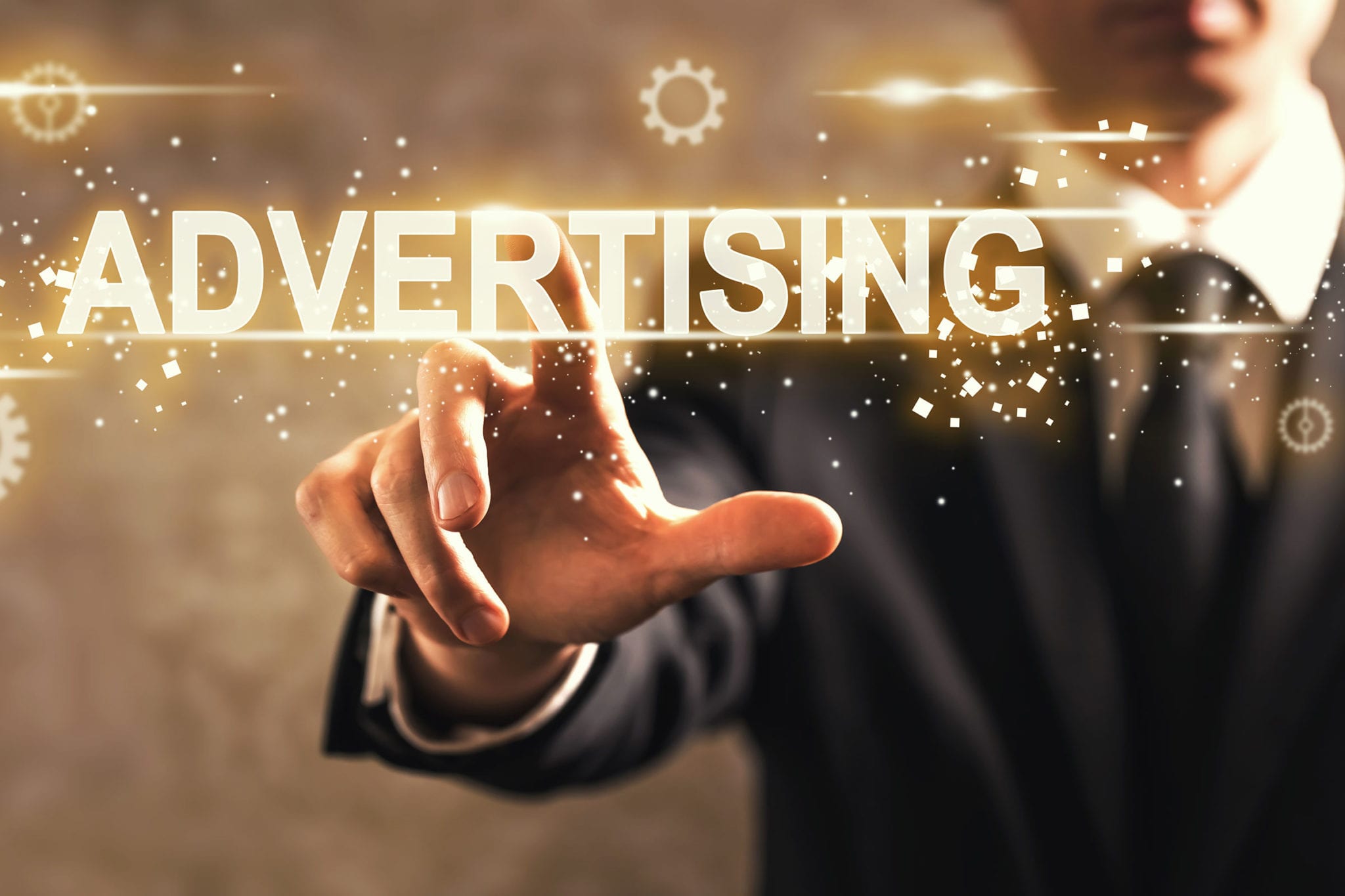
How you construct your ads, really matters. Particularly today, when everyone even from the far-flung corners of the earth, has a smartphone and high-speed internet connectivity, which makes things go viral in the blink of an eye.
It has become imperative for marketers to tread carefully in their advertising endeavors. In an attempt to make ads catchier, they sometimes end up catching fire that burns the entire brand’s reputation to the ground. On the other hand, playing it safe doesn’t mean that the ads have to be less catchy or bold so that they end up having a lukewarm impact.
Hence, here we have curated some techniques that you can utilize to take off your ad’s success without catching the fire of the bad kind.
1) How You Say It Matters
How you portray your ad matters a lot. An ad nauseam phrase or idea can be turned around and stuck in your audience’s mind if posed strategically and creatively.

Though campaigns against plastic have been aplenty, most people tend to brush off sea pollution under the belief that it doesn’t impact them directly or in any way for that matter.
This ad by Sea Shepherd speaks about the effect of plastic pollution on the inhabitants of the sea, and tells them ‘You eat what they eat’. The tagline may be clichéd, but coupled with the ominous image of this plastic-filled fish does its job pretty well.
2) Clarity Matters
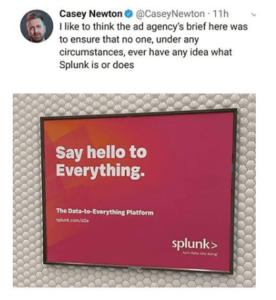
You put in a lot of thought in the design, colors, and tagline of your ad, but still if your audience doesn’t get what you are trying to say, it is a clear sign that you need to switch your ad agency. Popular brands like McDonald’s, Coca-Cola, and Audi might get away with such mishaps, but you won’t, especially when your brand name is obscure as Splunk.
Unless a popular celebrity tweets on the lack of info in your ad, you are totally on your own in getting attention for your ad. Hence, your aim should be to convey to your audience how you’re going to help them. If you are able to do that, you are going to catch the eye of those who need your help.
3) Minimalism Is Always In
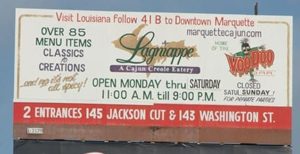
Being informative doesn’t mean that you should supply a deluge of information in your ads as it ends up looking quite cluttered and really hurts the ad’s aesthetic appeal, making it appear garish and fake. Apart from that, your audience doesn’t have the time to stand in the middle of the street and read every tiny bit of text on it. So it is better to opt for minimalism as it allows you to be creative and play safe as well.

These are some incredible ads by reputable brands. McDonald’s is an old hand in creating engaging yet minimalist ads. Mintax, with a single image, proved to its audience why they need its napkins. When the popular app, Instagram introduced its dark mode, Zomato jumped in to welcome the newest feature quite cleverly.
Unless you want to tease your audience, minimalism may not favor you when your brand is at its awareness stage. Then you need to impart as much information while keeping a balance so as not to overload your audience.
4) Tell Them Why They Need You
When people pay attention to your ad, it’s because you sparked their interest, but for how long that interest lasts depends upon whether you are fulfilling their needs or not. Basic needs of every human, in order of its importance, are to survive and live a pleasant life, to eat good food, have sexual companionship, to feel secure, to have self-esteem, recognition, freedom, to win and gain social approval, to care and protect their loved ones, and finally, reach their fullest potential.
Plenty of brands are vying for the consumer’s attention. You need to tell your target consumers how you’re fulfilling one of their basic needs and why you are the only one that can do it.
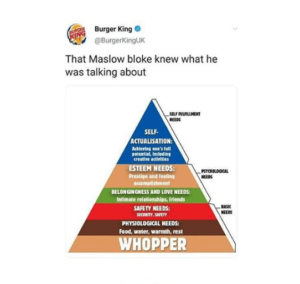
This tweet by Burger King takes Maslow’s Hierarchy of Needs quite literally and portrays its Whopper as more important than basic things in life.
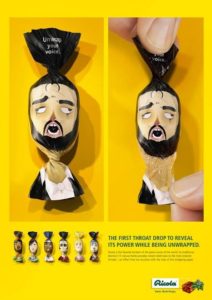
Ricola’s throat unwrap packaging is way too witty to not mention; it quirkily tells its consumer via its packaging why they need the throat lozenge i.e. get their voice back.

Audi targets the audience’s fear of safety and conveys via this scary visual why they should avoid driving in heavy rain.
5) Using References? Do Your Research
Whenever you are using a pop-culture reference, it’s important that you do your research over the origins and history of that trend before incorporating it into your marketing agenda. This way you won’t end up finding out how badly you used that reference, amid negative publicity.

Wendy’s is known for its sassy tweets on Twitter. Usually, those tweets are engaging, but in one instance, in an argument with its customers over fresh beef, Wendy’s unwittingly posted “Pepe the frog” meme. The resulting escalation took the sass out of Wendy’s.
Another word of caution: don’t make tasteless, insensitive jokes intentionally at the expense of someone, particularly on a sensitive issue; these can backfire badly. You might take them down and apologize publicly, but that wouldn’t take away the memory or remove the screenshots.
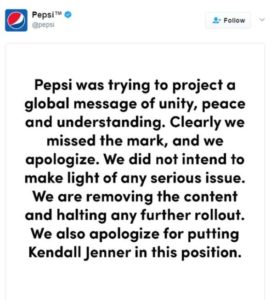
Also, if any such disaster happens, it’s imperative that you act quickly and apologize gracefully just like Pepsi did when its Kendall Jenner TV spot garnered a lot of outrage. Six months later, Pepsi’s President Brad Jakeman resigned, later citing the marketing fiasco as the worst experience in his entire career. But Pepsi’s quick apologetic response back then somewhat helped douse the fire.
6) Some Errors Can Never Be Forgiven
The most important aspect of a print ad is its text. Scratch that, every aspect of a print ad is important; its place, visuals, text, font type, size, style, and colors. But a basic error like a typo can really turn your creative idea into a laughing stock.
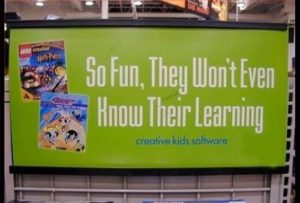
Hence, it is better to have a dedicated editor, who double-checks every tiny detail, before your rivals or customers do.
7) Turn The Disaster Into Opportunity
Sometimes when a disaster happens, the best you can do is to make the most out of it.

The picture in the Burger Kings’ advert is of an actual Burger King’s restaurant being burned down due to its flame-grilling burger endeavors. The food-chain giant cleverly leveraged its worst disasters into an advertising gimmick by boasting how far it can go to provide Burger King’s customers their favorite flame-grilling burgers.

